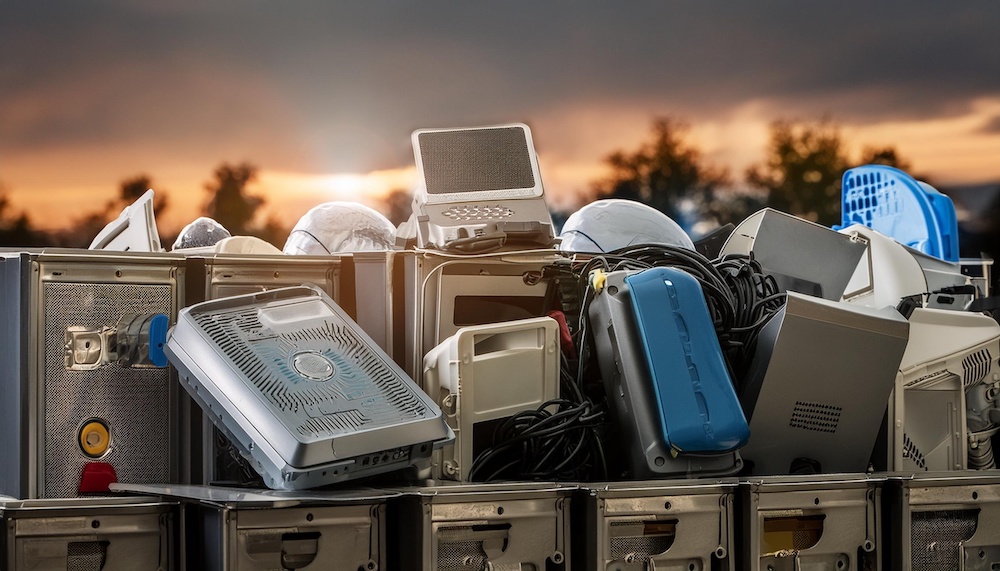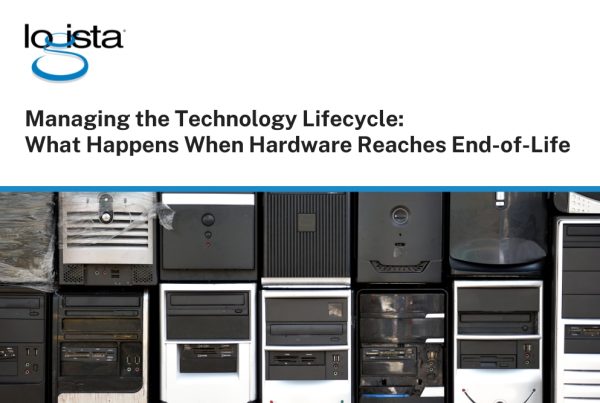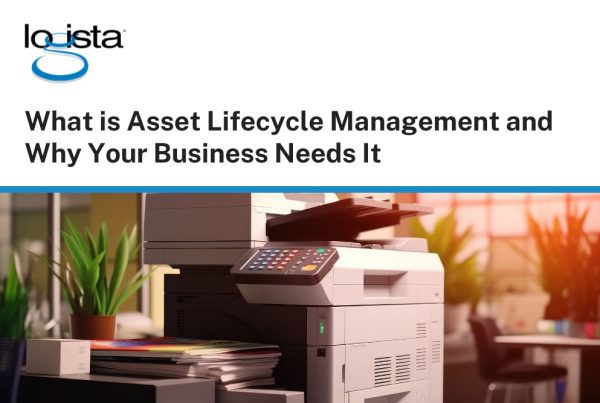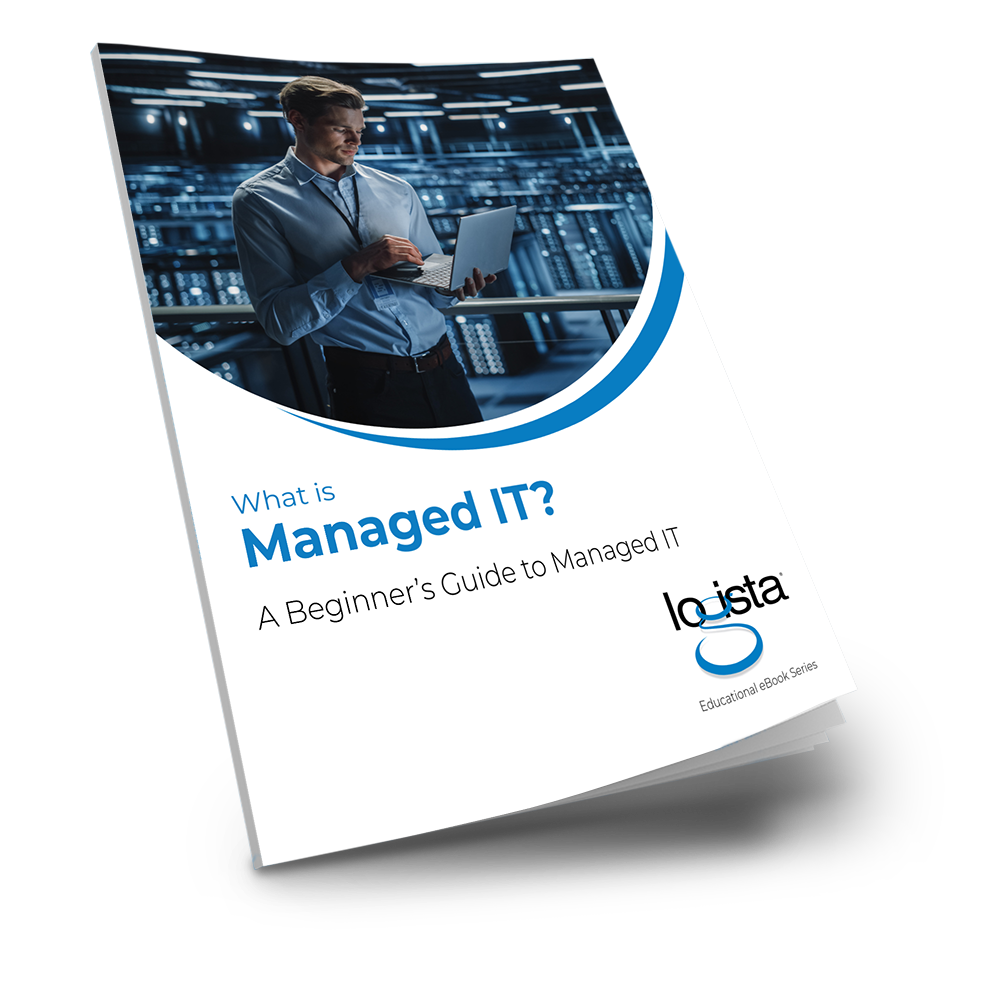Remember the last time you upgraded your phone? That moment of excitement as you unboxed the latest model, ready to transfer your digital life? Now, imagine that on a corporate scale – hundreds or thousands of devices are being replaced, each packed with sensitive company data. These IT assets aren’t just clutter – they’re a goldmine of sensitive data just waiting to be exploited.

IT asset disposal is a critical yet often overlooked step in the technology lifecycle that can have far-reaching consequences for businesses. In this blog, we’ll look at why secure IT asset disposal is so important and best practices you can use to protect your data.
- Data Protection: Perhaps the most critical reason for secure IT asset disposal is to protect sensitive information. Old devices often contain confidential data, including financial records, customer information, and proprietary business data. If this information falls into the wrong hands, it can lead to data breaches, identity theft, and significant financial and reputational damage.
- Regulatory Compliance: Many industries are subject to strict data protection regulations, such as GDPR, HIPAA, and PCI DSS. These regulations mandate the proper handling and disposal of sensitive information. Failure to comply can result in hefty fines and legal consequences.
- Environmental Responsibility: Electronic waste (e-waste) is a growing environmental concern. Proper IT asset disposal ensures that equipment is recycled or disposed of in an environmentally friendly manner, reducing the impact on landfills and preventing harmful materials from contaminating soil and water sources.
- Cost Savings: While secure IT asset disposal may seem like an additional expense, it can save money in the long run. By preventing data breaches and ensuring regulatory compliance, companies avoid costly fines, legal fees, and damage to their reputation.
- Asset Recovery: Some IT assets may still have value, even if they’re no longer useful to your organization. Proper disposal methods can include refurbishing and reselling equipment, potentially recovering some of the initial investment.

Secure IT asset disposal doesn’t have to be daunting. Start with these fundamental best practices:
- Develop a comprehensive asset disposal policy: Create clear guidelines for handling end-of-life IT equipment, including procedures for data erasure and physical destruction of storage media.
- Use certified data destruction methods: Employ professional services or use certified software to completely erase data from devices. Simple deletion or reformatting is not sufficient to prevent data recovery.
- Maintain an inventory: Keep detailed records of all IT assets, including their lifecycle stages and disposal dates.
- Train employees: Educate staff about the importance of secure disposal and the proper procedures to follow.
- Work with reputable ITAD providers: Partner with certified IT Asset Disposition (ITAD) companies that specialize in secure disposal and can provide certificates of destruction.
- Consider physical destruction: For highly sensitive data or damaged storage devices, physical destruction methods like shredding or degaussing may be necessary.
- Conduct regular audits: Periodically review your disposal processes to ensure they remain effective and compliant with current regulations.
Secure IT asset disposal is an important step for businesses of all sizes. It protects your sensitive data, ensures regulatory compliance, demonstrates environmental responsibility, and can even provide financial benefits. By implementing robust disposal practices, organizations can mitigate risks associated with data breaches and environmental harm while maintaining their reputation and trust with customers and partners.
As technology continues to advance and data becomes increasingly valuable, the importance of secure IT asset disposal will only grow. Organizations that prioritize this aspect of their IT management will future-proof their operations against evolving threats and stricter data protection laws.
About Logista Solutions
Logista Solutions is a nationally recognized leader in a broad range of technology management solutions. As one of the largest technology support providers in the U.S., Logista provides innovative and holistic solutions to help companies take control of their IT infrastructure and achieve better business outcomes. Popular services include Managed IT as a Service, VoIP and Unified Communications, Managed Print, Cloud Services and Asset Disposition.




